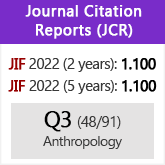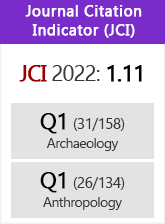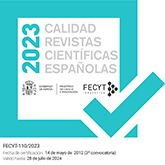The examination of ancient DNA: guidelines on precautions, controls, and sample processing
DOI:
https://doi.org/10.3989/tp.2000.v57.i1.263Keywords:
Ancient DNA, Bone samples, Palaeogenetic analysis, Contamination detectionAbstract
The young discipline of palaeogenetics has developed into a successful and expectant field of archaeobiological research within the last decade. Palaeogenetic investigation (e.g. PCR, DNA sequencing) of ancient specimens is, however, susceptible to falsification by the presence of contamination from more recent times. Contamination which can lead to amplification of non-authentic sequences is known to stem from several sources: (i) human biomolecules derived from the persons performing the genetic experiments, perhaps also from the archeologists and other persons who have previously handled the specimens or (ii) edaphic DNA sequences derived primarily from bacterial or fungal growth upon the specimen. A third source of contamination can arise from (iii) substances used for conservation of specimens. Here we give advice on the correct processing of prehistoric bone samples when further molecular biological examination is required. Along with the demonstration of necessary precautions and working conditions, we further explain how an unequivocal DNA contamination monitoring is performed.
Downloads
Download data is not yet available.
Downloads
Published
2000-06-30
How to Cite
Scholz, M., Trellisó Carreño, L., & Pusch, C. M. (2000). The examination of ancient DNA: guidelines on precautions, controls, and sample processing. Trabajos De Prehistoria, 57(1), 115–120. https://doi.org/10.3989/tp.2000.v57.i1.263
Issue
Section
Reports
License
Copyright (c) 2000 Consejo Superior de Investigaciones Científicas (CSIC)

This work is licensed under a Creative Commons Attribution 4.0 International License.
© CSIC. Manuscripts published in both the printed and online versions of this Journal are the property of Consejo Superior de Investigaciones Científicas, and quoting this source is a requirement for any partial or full reproduction.All contents of this electronic edition, except where otherwise noted, are distributed under a “Creative Commons Attribution 4.0 International” (CC BY 4.0) License. You may read here the basic information and the legal text of the license. The indication of the CC BY 4.0 License must be expressly stated in this way when necessary.
Self-archiving in repositories, personal webpages or similar, of any version other than the published by the Editor, is not allowed.
















